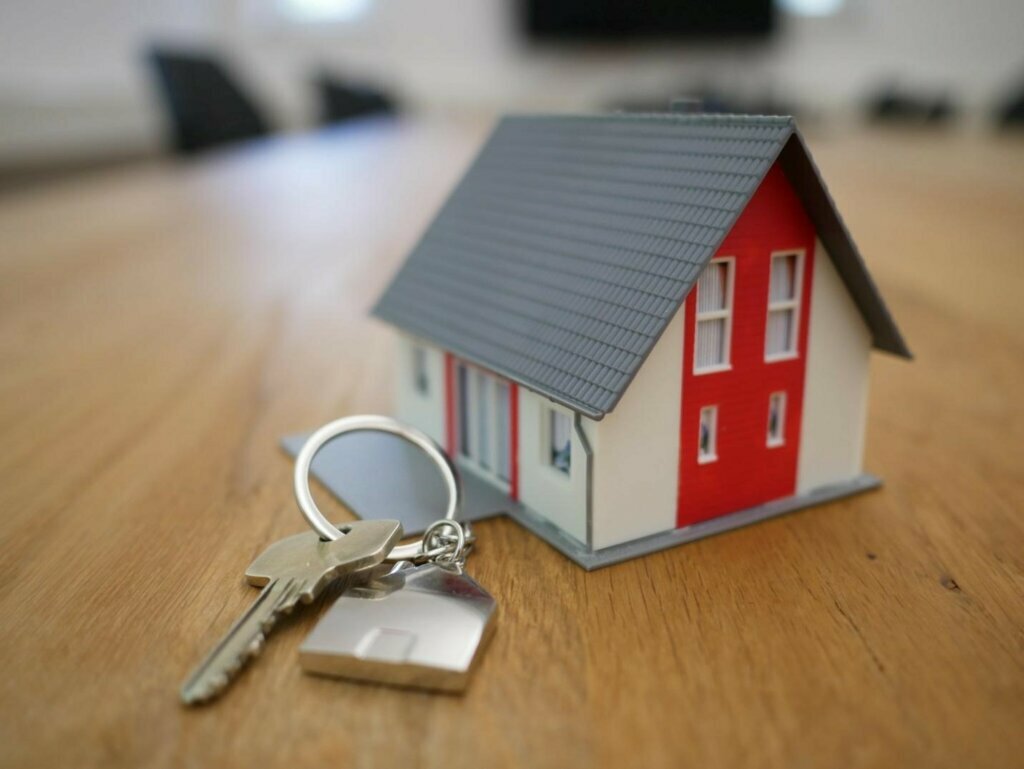The 2016 stamp duty surcharges for individuals that own more than one property, coupled with the 2017 changes in mortgage interest relief, have many landlords in the UK questioning whether owning a buy-to-let property is even worth it anymore.

If you’re one of them, you’re probably reeling from the effects that the recent changes to tax laws in the country have had on your rental profits, particularly if you had an interest-only mortgage.
In the previous scheme, landlords could deduct the interest they owed on their mortgage before being taxed. Now, however, 20% of the mortgage interest is subject to a flat-rate tax credit.
Whether or not buy-to-let properties are still worthwhile investments goes beyond the taxation issue. It largely depends on the type of investment you’re looking to acquire, as well as your ultimate investment goal.
In this article, we explore 7 pro tips for making money from property, particularly if you want to purchase a buy-to-let property in the UK.
1. Making Money From Property 101 – Look for Areas With High Rental Demand
The goal of any landlord is to have full tenant-occupancy rates all year round. It’s virtually impossible to make enough money on your buy-to-let if you have several vacant units due to low demand in the area. Before you settle for a particular piece of , do thorough research on the demand for housing in the region.
Focus on locations that have high student populations. Areas with a major hospital are also a good investment option since the staff working there will likely be looking for accommodation nearby. Areas that have a large number of professionals also drive up the demand for housing.
Those three tenant groups will likely be looking for a rental property, particularly a flat in the city centre or areas with popular leisure and recreational amenities.
2. Look for High Rental Yields
The next thing you need to consider is the rental return. This represents the amount of money you’re able to make from your property in the form of rental income. If you invest in a piece of that doesn’t generate a high enough yield, then making money from property becomes quite a difficult undertaking.
The next question then becomes – What qualifies as a “high” rental yield?
As a rule of thumb, you want to stay away from any buy-to-let that generates less than 5% in rental returns. Anything lower than that is effectively crippling your potential earnings.
Focus on acquiring in hotspots like the North East region, particularly in cities like Newcastle, Durham, and Sunderland. These three areas generate no less than 7.5% in rental yield, making them one of the most lucrative property investment opportunities in the UK right now.
Identifying property locations that offer the best possible returns is a solid way of earning a pretty decent income from your investments.
3. Factor-in Capital Growth
The next thing you need to think about is the property’s capital growth. This refers to the increase in the overall value of the properties you own. It addresses the question of how much money you would get if you sold the property in 5, 10, or 20 years down the line.
Capital gains hold the key to long-term wealth generation. If you purchase a property in a village in the outskirts of a major city, for instance, and you decided to sell it in 5 years, would the profit it generates make sense for the period you’ve held on to it?
In reality, there’s no guarantee that your property will gain value over any specific period, although historically, tends to experience steady growth over time. The extent of this growth ultimately depends on what and where you buy.
We’ve found that the proximity of an area to a city is a strong indicator of the growth potential of an investment. You can’t go wrong with properties located within a 5-10 km radius of the city centre or established town centres.
The type of property you buy also depends, in large part, on whether or not you can afford it. Some people argue that owning land or a house delivers the highest capital growth.
While this might be true in some cases, you also have to keep in mind that houses may not give you as high an income as a block of flats, for instance. They also cost you more to hold and are generally more troublesome when it comes to property management.
Generally, blocks of flats have a higher initial return compared to houses, are less troublesome to maintain, and easier to let since there’s a higher number of tenants looking for quality and affordable apartments, compared to the pool of individuals looking for standalone houses.
However, since Covid, the interest rate for houses has surpassed flats, so this reality has changed for people looking to invest in property. Not to mention, the majority of buyers are more inclined to purchase a house rather than a flat – all things you should consider before investing.
4. Look for Off-Plan Investments
When looking for a piece of to invest in, one way to ensure that you’re making money from your property is to buy it at the lowest possible cost. If you can get a prime property for below-market-value, in a buy-low-rent-high investment opportunity, you’ve effectively made money in a very short time.
Another popular way to ensure that your investment is making you money is by acquiring an off-plan property. This refers to an ongoing property development that’s still in the construction stage. In some cases, you can buy an off-plan property even before the actual construction begins.
The main benefit of going this route is the fact that developers usually offer massive discounts for these types of properties, so you end up buying them at below-market prices. By the time the development is complete, the market value of the properties in question will have increased exponentially, so you’re guaranteed to make money from that investment, even if you were to sell it at that point.
5. Keep Your Tenants Happy
This is often the most underrated method of making money from your property investment. It’s one thing to land a solid buy-to-let property. It’s a whole other ballgame to ensure that it’s at full-occupancy year-in-year-out. One foolproof way to do this would be to keep your tenants happy.
Don’t give them a reason to move out. You make more money when they stay put for several years, than when you have someone moving out every other month leaving the unit vacant for long periods as you try to find a replacement. Void periods can be detrimental to your rental yields, and you might find yourself having to dig deeper into your pockets to meet the deficit.
Listen to your tenants’ grievances about the property and try to resolve the issues in the shortest time possible. If you’re a hands-off property investor, and you have a management company handling all tenant-related issues on your behalf, make sure the company you pick has a sterling reputation in the industry. That way, you can rest easy knowing that your tenants and property are in good hands.
6. Own Your First Buy-to-Let
If you’re just starting the property investment journey, one sure way of making money from is by owning your first buy-to-let flat or house. As you continue to earn more income from it, you can channel it towards acquiring more properties.
As your investment portfolio continues to expand, and you own several buy-to-let properties in prime areas in the UK, building an attractive income from them becomes easier. Good things take time. Be patient on your journey towards building long-term wealth and start from where you are with the resources you have.
7. Have an Exit Strategy in Place
Investing in property is a long-term endeavour. This, however, doesn’t mean you need to own it forever. Knowing when to cash in on a lucrative offer is every bit as important as identifying a property with a high ROI potential. That is why planning your exit strategy is an important part of the whole process.
An exit strategy is a plan that gives investors a clear picture of when and how to leave their investment. That way, they make the most money from their property.
Say, for instance, you bought a buy-to-let in Sunderland before the construction of the International Advanced Manufacturing Park (IAMP) began. The development is projected to create 7,000+ new jobs over the next 10-15 years, which means you can expect an increase in the demand for housing in the region.
Increased demand, in turn, drives up the property prices, so an ideal exit strategy would be to sell your property at a time when prices are at an all-time high. This effectively means holding on to it for the next 10 or so years and closely monitoring property prices and capital gains to figure out the most opportune moment to offload your investment.
Patience Pays in Property Investments
Once you understand and accept the time, resources, and costs associated with owning and running a buy-to-let, making money from property investments becomes less of a hassle. The ROI you get from the capital growth of the property, in addition to the rental yield, outweighs the drawbacks of recent legislation. Use the 7 tips we’ve detailed in this guide to make your investment work for you.
In the meantime, are you looking for investment opportunities in the UK? Check out our blog for everything you need to know.

